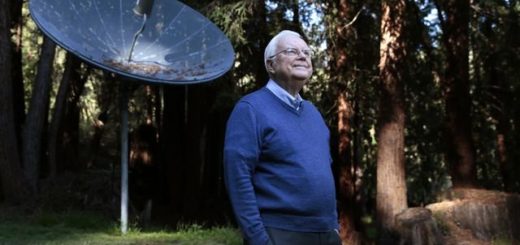‘Ultramassive’ Black Holes Discovered In A Region Of Most Distant Universe

Using data collected by NASA’s Chandra X-ray telescope on galaxies up to 3.5 billion light years away from Earth, astrophysicists were able to detect what is likely to be the most massive black holes ever discovered in the universe.
The team studied 72 galaxies located at the center of the universe’s brightest and most massive galaxy clusters and their calculations showed that these “ultramassive” black holes are growing faster than the stars in their respective galaxies.
“A black hole is an invisible celestial object whose gravitational pull is so strong that neither matter nor light can escape it – it swallows everything in its path like a bottomless vortex,” explained Professor Julie Hlavacek-Larrondo, professor in the Department of Physics at Université de Montréal.
Astronomers calculated the masses of black holes detected in these galaxy clusters by analyzing their radio wave and X-ray emissions. The results showed that the masses of ultramassive black holes are roughly 10 times greater than those originally projected calculated using a different method which assumes that black holes grow in tandem with their galaxies.
Almost half of the sample’s black holes are estimated to be at least 10 billion times more massive than our sun. This puts them in a class of extreme heavyweights that certain astronomers call “ultramassive black holes,” Hlavacek-Larrondo said.
Research is published in Monthly Notices of the Royal Astronomical Society



 Creators of mankind
Creators of mankind Description of “Tall white aliens”
Description of “Tall white aliens” Where they came from?
Where they came from? About hostile civilizations
About hostile civilizations The war for the Earth
The war for the Earth “Tall white aliens” about eternal life
“Tall white aliens” about eternal life Video: “Nordic aliens”
Video: “Nordic aliens” Aliens
Aliens Alien encounters
Alien encounters The aliens base
The aliens base UFO
UFO Technology UFO
Technology UFO Underground civilization
Underground civilization Ancient alien artifacts
Ancient alien artifacts Military and UFO
Military and UFO Mysteries and hypotheses
Mysteries and hypotheses Scientific facts
Scientific facts


















